- Learning time
- 10 minutes
- First play time
- 30 minutes
Break the Code
Designed by: Ryohei Kurahashi
Break the Code is a deduction game based around numbers. There are slightly different rules depending on the player count – we’ll describe the three and four player version here and clarify the difference for two players below.
The game comes with twenty number tiles: 0-9 in both black and white, with the exception of the ‘5’ tiles, which are both green. Each player is dealt five number tiles (four in a four player game) which they hide behind their screens, laying them out left to right numerically. If you have two of the same number, you place the black tile to the left of the white tile. The goal is to figure out the identity of the remaining five (four in a four player game) tiles: both their numerical value and colour. And you do so by combining the knowledge of your own tiles with the working-out of what tiles your opponents have.
It works like this: six cards are laid face-up, and on your turn you choose a card to play. Each card asks a question that both your opponents must answer honestly, for instance: How many odd-value tiles do you have? How many black-numbered tiles do you have? What is the sum total of your three right-most numbers? What is the difference in value between your lowest and highest number?
…and so on. Every questions relates to the number value and/or colour of tiles. When you opponents answer, you note down the information on a sheet, as does everyone: your opponents’ answers help each other, as well as you, and may even give away something critical about your own numbers. The question card is discarded and a new one drawn, so there are always six questions to choose from. So each turn advances everyone’s knowledge a little until someone – hopefully you – is ready to make a – hopefully correct – guess as to the identity of the hidden numbers. If you’re right, the current round finishes so anybody with a turn still to go can guess as well. If you’re wrong, the game continues until someone gets it right – but! You can only guess once, so if you’re off-beam you are out of the game as a potential winner, though you still stay involved and answer questions.
With two players the goal is to figure out your opponents’ tiles instead.
Joe says
I really enjoy this game, even more so with 3 or 4, with the added excitement of racing for the common goal. It's a bit like multiplayer Mastermind, but with slightly more interesting conundrums at heart. Very satisfying to win, deeply frustrating to think you've won only to find you've made some rookie error - but great fun either way.
The guru's verdict
-
Take That!
Take That!
None really. Although you're pitted against each other, the experience is of a puzzle-race rather than a battle.
-
Fidget Factor!
Fidget Factor!
It really does depend on who's playing and the alacrity of thought the players have - not so much around the numbers themselves, as mathematics is a minimal feature - but the deductive reasoning.
-
Brain Burn!
Brain Burn!
The rules are simple. The figuring out of the numbers may require a bit of burn... as mentioned above, the deductive reasoning is the heart of this game - and is definitely not something that everyone loves!
-
Again Again!
Again Again!
This is something of a 'Marmite' game: logical puzzlers will love it and tactically reactive, story-loving, funball dice-chuckers may find it a grind.

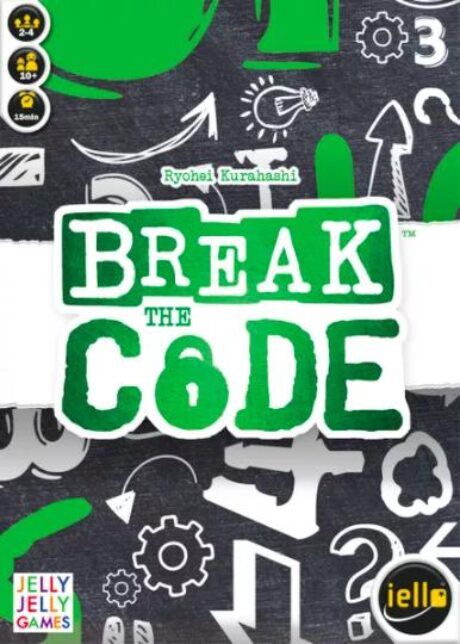
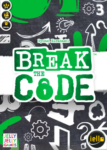
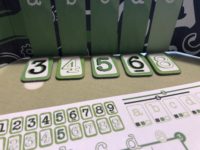
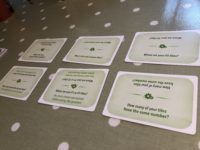

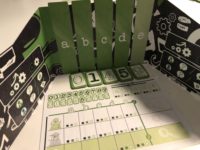
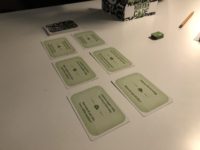

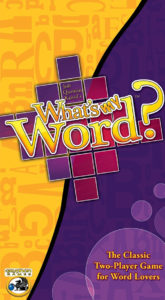



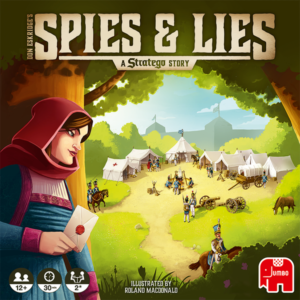
Sam says
I enjoyed Break the Code with two, playing with three tipped the balance for me over from fun deduction into why am I so dim? territory as I was head-scratching from fairly early on and, feeling like I was drowning in possibilities, making fairly avoidable mistakes. But that's my shortfall rather than the games' - this is a deftly-designed undertaking that lovers of deduction can grasp quickly, and play pretty quickly too: it can be all over in ten minutes sometimes, and the post-mortem of mistakes can be as illuminating as the result itself.